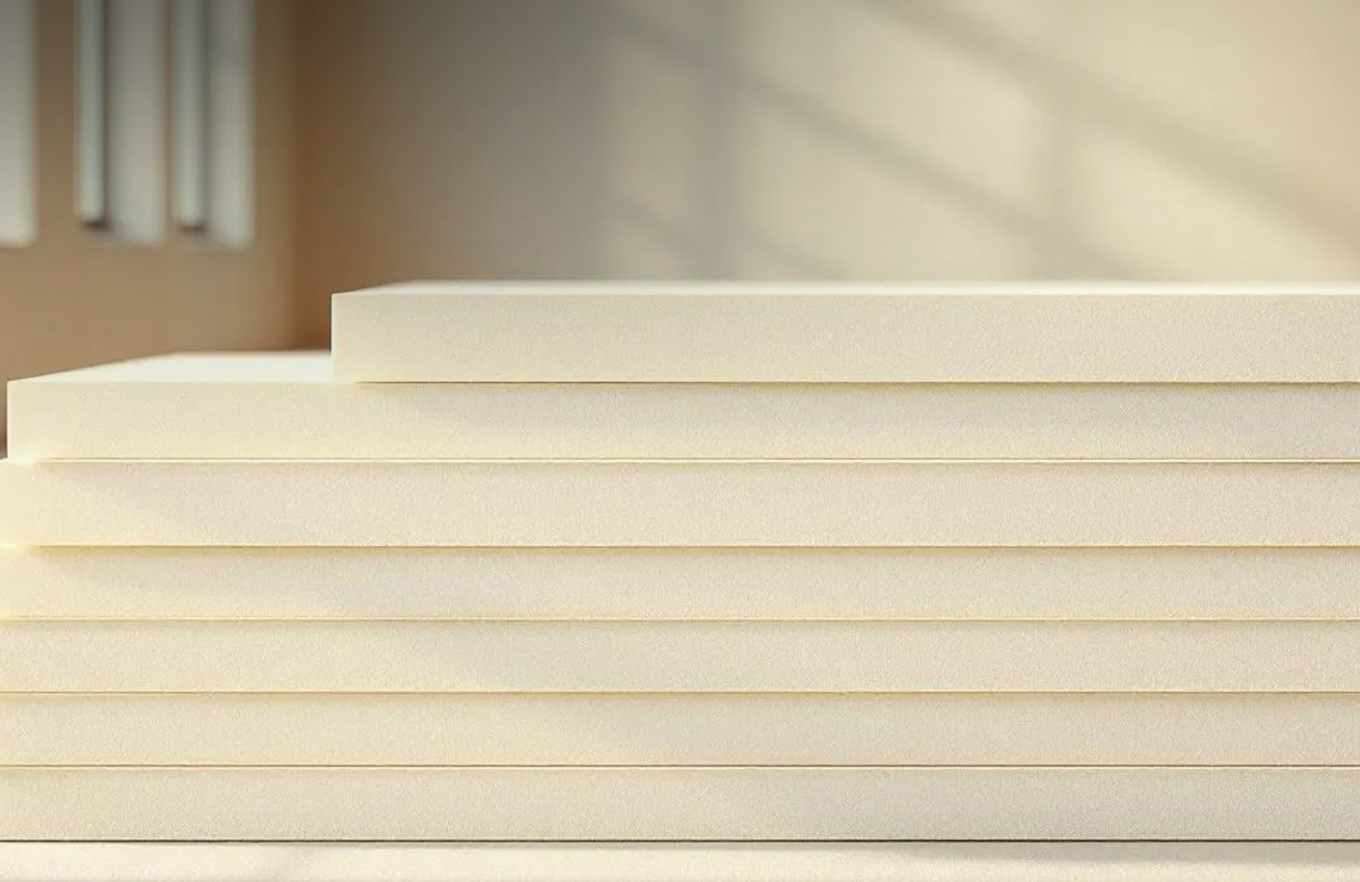
In today’s fast-paced industrial world, buoyant foam has emerged as a versatile solution across multiple sectors. From marine applications to industrial packaging, this lightweight material offers unmatched performance while reducing operational strain. Companies globally are seeking sustainable alternatives, and recycled foam plays a pivotal role in complementing the capabilities of buoyant foam. Manufacturers such as Samad Foam are leading the charge, delivering high-quality foam solutions to clients in the USA and Europe. Whether for flotation devices, protective packaging, or insulation, the combination of buoyant foam and recycled foam provides strength, resilience, and environmental benefits.
Industries are increasingly aware of both the functional and ecological advantages of incorporating buoyant foam into their production lines. With rising demand for lightweight yet durable materials, Samad Foam continues to innovate, offering solutions that meet modern performance standards without compromising sustainability.

One of the key reasons buoyant foams are widely adopted is their exceptional combination of lightness and structural integrity. Its ability to float while bearing weight makes it indispensable for marine applications, including life-saving equipment, pontoons, and safety platforms. Additionally, recycled foam integration ensures that the environmental footprint is reduced, making products more eco-friendly without sacrificing performance.
Industrial designers and engineers appreciate that buoyant foam can be molded into custom shapes and sizes, enabling precise application in complex machinery and packaging. Samad Foam has refined production techniques that guarantee uniform density and high-quality foam sheets suitable for both domestic and international markets. In Europe, buoyant foam is extensively used in safety equipment and recreational products, while in the USA, it supports logistics, transport, packaging, and insulation projects.

Packaging and Protective Solutions: In the logistics and shipping sector, buoyant foam acts as a protective layer for fragile items. Its lightweight nature reduces shipping costs while safeguarding products against shocks and vibrations. Recycled foam can be incorporated to create eco-conscious packaging solutions, aligning with corporate sustainability goals.
Marine and Aquatic Applications: From flotation devices to swim platforms, buoyant foam ensures safety and reliability. The resilience of the material allows it to endure exposure to water, UV light, and environmental wear. Samad Foam’s products are certified to meet stringent safety standards, making them a trusted choice for manufacturers in Europe and the USA.
Construction and Insulation: In construction, buoyant foam’s thermal insulation and lightweight properties improve energy efficiency and reduce structural load. Recycled foam integration not only enhances cost-effectiveness but also contributes to environmentally responsible building practices.
Recreational and Sporting Goods: EVA mats, pool noodles, and gym equipment often rely on buoyant foam for comfort, durability, and safety. Incorporating recycled foam in these products aligns with consumer demand for sustainable and high-performance materials. Samad Foam continues to supply these markets with consistent quality that meets international standards.
The combination of buoyant foam and recycled foam presents significant environmental advantages. Using recycled foam reduces waste in landfills while conserving raw materials during manufacturing. Additionally, buoyant foam’s durability extends product life, lowering the frequency of replacements. Companies such as Samad Foam emphasize sustainable practices, ensuring that their foam products not only meet industrial needs but also contribute to greener supply chains.
By promoting the use of recycled foam in industrial applications, manufacturers can achieve eco-certifications and enhance their brand reputation. European markets, in particular, have shown a preference for products that balance high performance with environmental responsibility. This trend is also gaining traction in the USA, where companies are increasingly aligning production strategies with sustainability goals.

The future of buoyant foam lies in innovation, customization, and sustainable integration. Advances in material science are enabling manufacturers to create foam with enhanced buoyancy, increased resistance to wear, and lower environmental impact. Recycled foam will continue to play a crucial role, allowing companies to reduce costs while maintaining eco-conscious production.
Samad Foam is actively exploring new techniques to improve foam density control, resilience, and water resistance. As industries demand lighter, stronger, and more environmentally responsible materials, buoyant foam is poised to dominate sectors ranging from marine safety to industrial insulation and protective packaging.
Discover how Samad Foam can provide premium buoyant foam solutions tailored to your industry needs. Contact us today to learn more.
In summary, buoyant foam is transforming modern industries with its lightweight strength, durability, and versatility. The integration of recycled foam not only enhances environmental responsibility but also reduces costs and material waste. From marine safety to packaging and construction, buoyant foam is proving indispensable, and manufacturers like Samad Foam are setting the benchmark for quality, innovation, and sustainability worldwide.
Marine, construction, logistics, protective packaging, and recreational equipment industries benefit significantly from buoyant foam applications, often paired with recycled foam.
Recycled foam reduces environmental impact, lowers production costs, and improves sustainability without compromising the structural or flotation properties of buoyant foam.
Yes, Samad Foam supplies high-quality buoyant foam products to clients in the USA, Europe, and other global markets, meeting international standards.
Absolutely. Its lightweight strength, resistance to water and wear, and adaptability make buoyant foam ideal for long-term industrial use.
Samad Foam can produce custom-density sheets and molded shapes, allowing precise specifications for diverse industrial applications.
Consistent quality, international compliance, innovative solutions, and sustainable practices make Samad Foam a leading buoyant foam manufacturer globally.